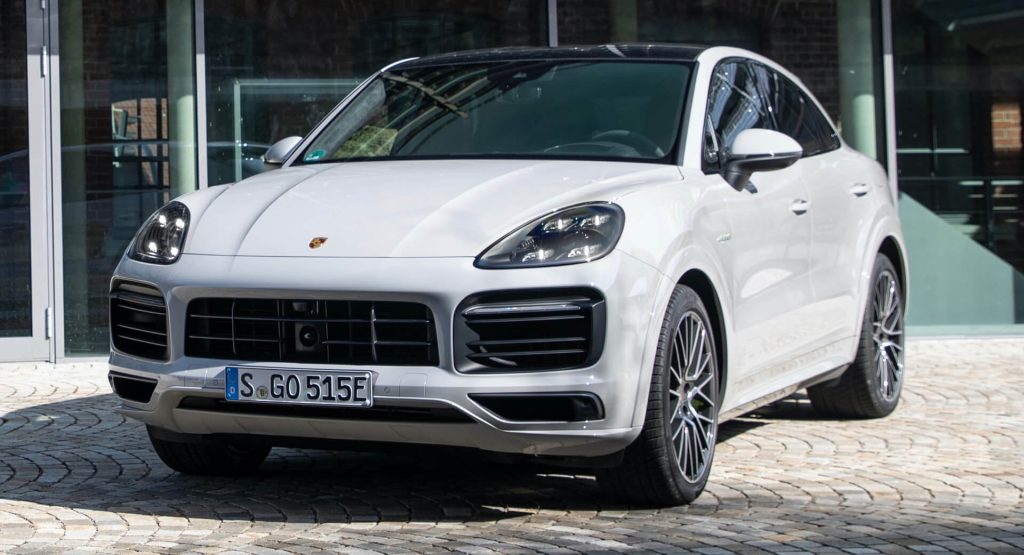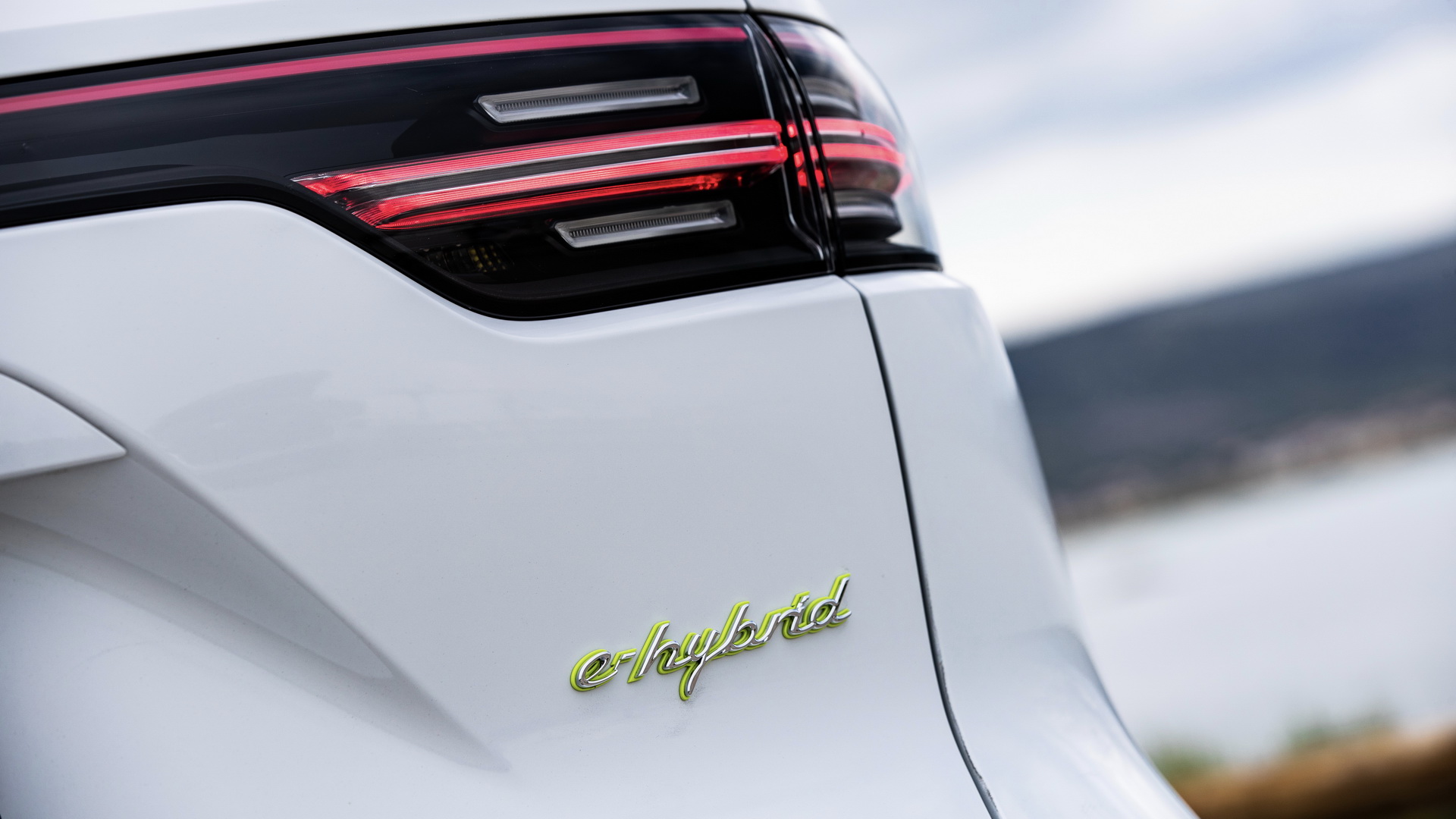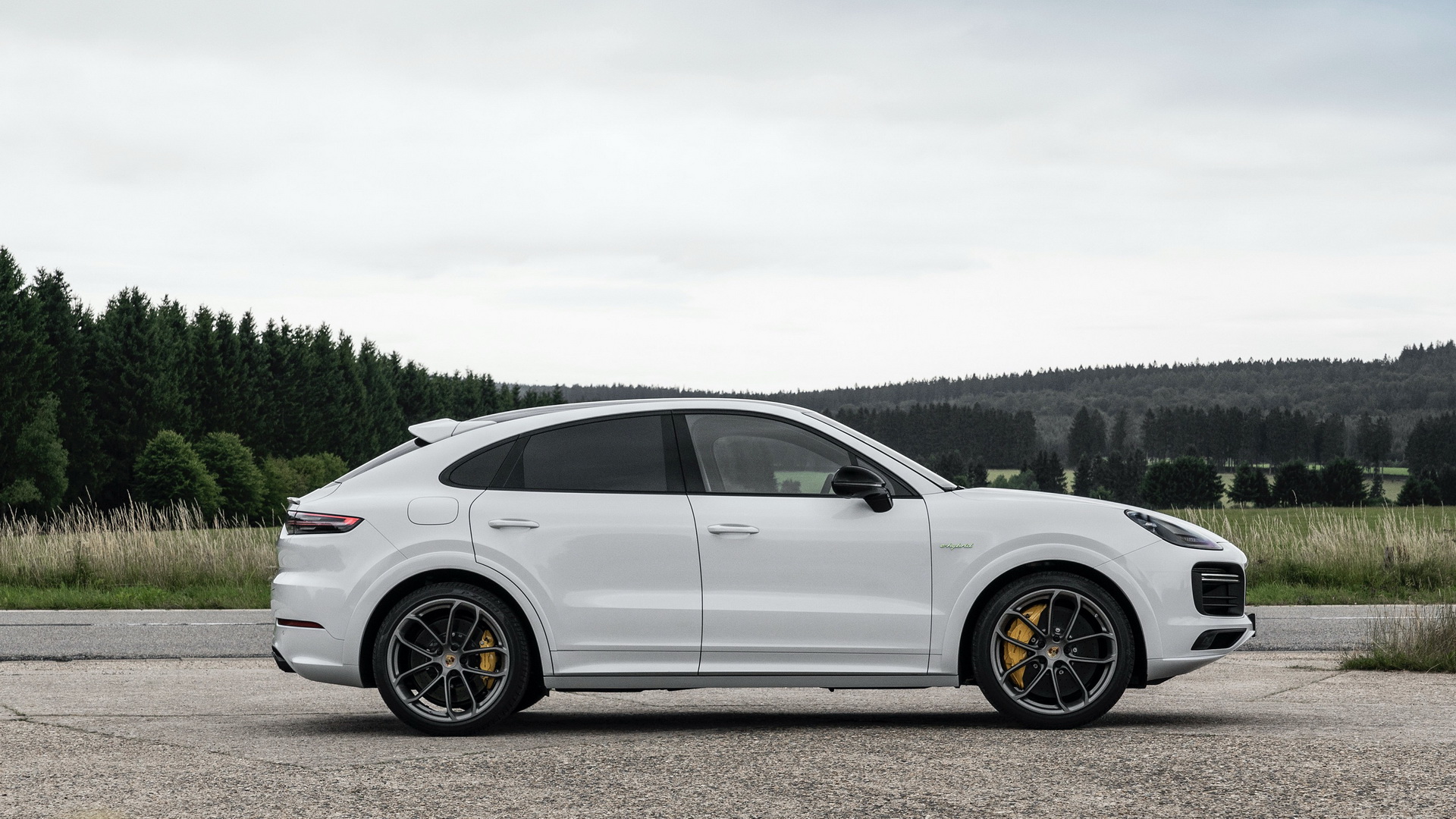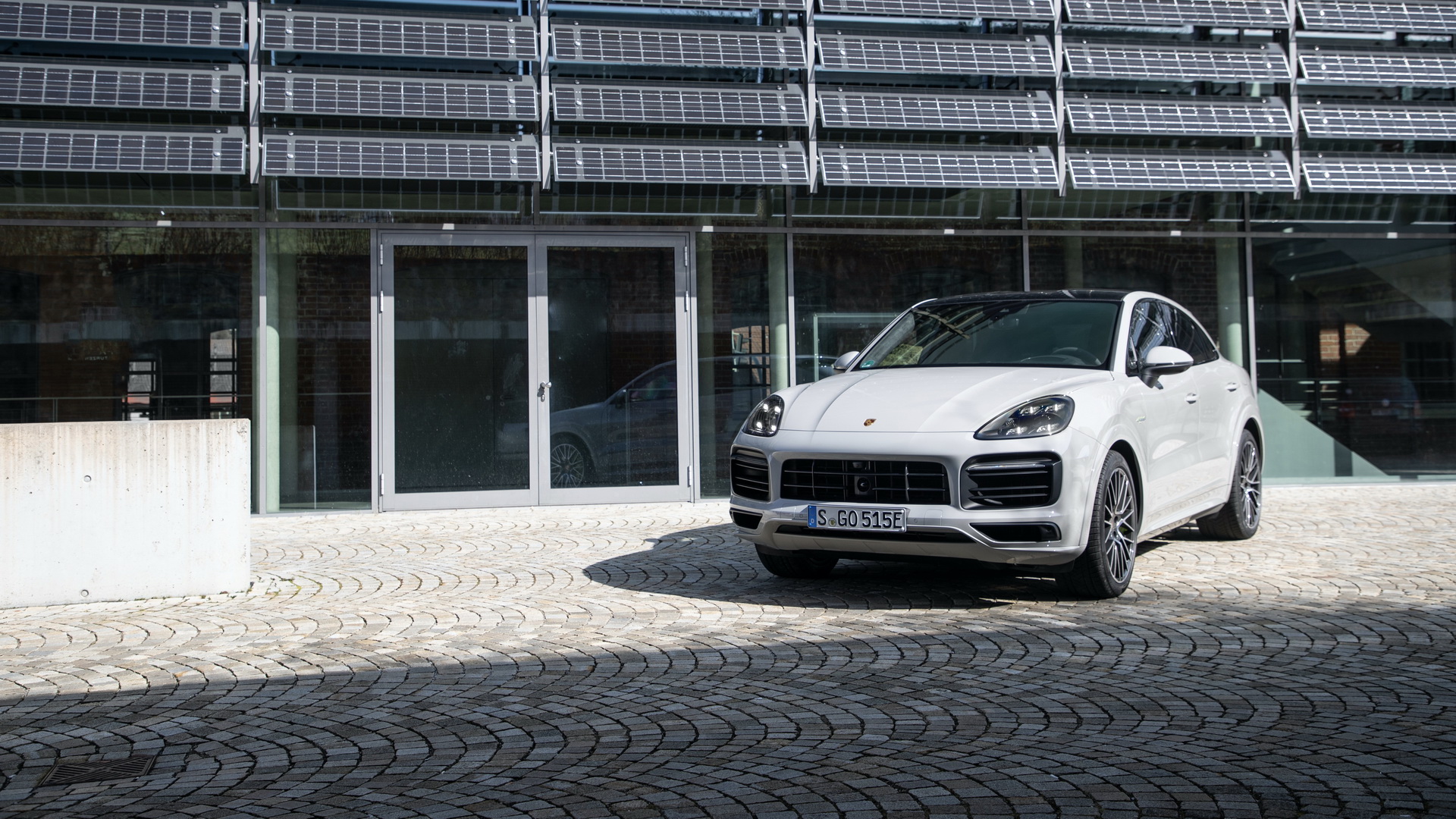Having introduced the E-Hybrid models last year, Porsche has now revised them, introducing a bigger capacity battery.
In lieu of the old 14.1 kWh unit, the new 17.9 kWh high-voltage battery offers an increased electric range of up to 30 percent.
For example, the Cayenne E-Hybrid can now cover up to 48 km (30 miles) in all-electric mode, averaging 2.5-2.4 l/100 km (94.1-98 mpg US), whereas the Cayenne E-Hybrid Coupe returns 2.6-2.5 l/100 km (90.5-94.1 mpg US). The more potent Turbo S E-Hybrid has a zero-emission range of up to 42 km (26 miles) and an average fuel consumption of 3.3-3.2 l/100 km/h (71.3-73.5 mpg US), and its Coupe version boasts identical numbers.
Watch Also: Is The Porsche Cayenne Coupe As Sporty As Its Design Suggests?
The E-Hybrid’s powertrain carries over unchanged, combining a turbocharged 3.0-liter V6 with an electric motor for a total system output of 462 PS (455 HP / 340 kW). The Turbo S E-Hybrid models soldier on with the twin-turbo 4.0-liter V8, backed up by an electric motor. The top-of-the-line spec has a combined output of 680 PS (670 HP / 500 kW).
In addition to swapping the battery for a higher-capacity unit, Porsche has also optimized the driving modes of the standard Sport Chrono Package. The internal combustion engine charges the battery via load point shifting on the go, but with an adjusted charging strategy, as the target state of charge of the battery has been reduced from 100 to 80 per cent. This ensures that full recuperation power is available at all times and makes the hybrid more efficient than before, according to the automaker. Moreover, in the Sport and Sport Plus driving modes, the battery is charged to a minimum level to provide sufficient boost options for a more engaging experience behind the wheel.






